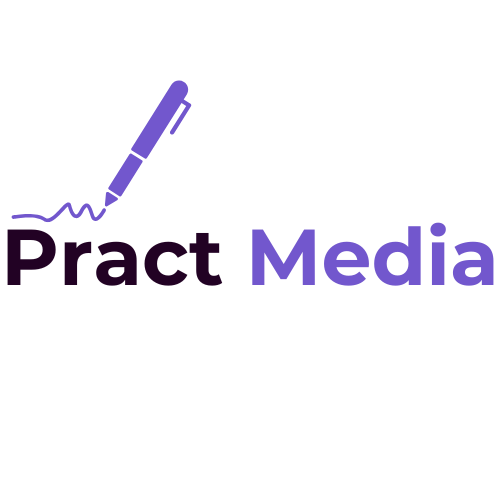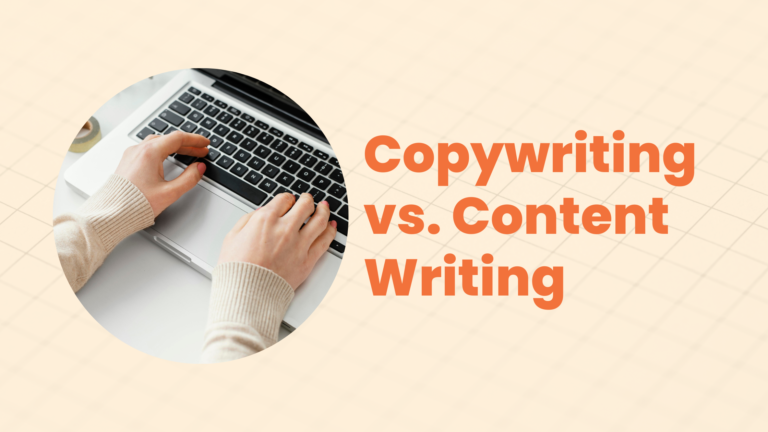How to Optimize Your Emails for Better Open Rate
Email marketing remains one of the most cost-effective and impactful channels for businesses to connect with their audience.
However, achieving success with email marketing depends on one crucial factor:
Open rates. If people aren’t opening your emails, all the effort you put into crafting the perfect message goes to waste.

This guide will walk you through everything you need to know about How to Optimize Your Emails for Better Open Rate
with actionable tips to boost your email marketing success.
Understanding Email Open Rates
What Is an Email Open Rate?
An email open rate is the percentage of email recipients who open an email compared to the total number of recipients it was sent to.
It is a key performance indicator (KPI) for email marketing campaigns and provides insight into how well your subject lines,

Timing and sender reputation work.
Why Open Rates Matter
Open rates are more than just a vanity metric.
They’re the gateway to email marketing success.
Without reasonable open rates, your click-through rates (CTR), conversions, and overall campaign performance suffer.

High open rates indicate that your audience is interested in your offering and trusts your brand enough to engage.
Benchmarks for a Good Open Rate
Open rate benchmarks vary depending on industry, audience, and type of email.
A reasonable open rate ranges between 15% and 25% on average.
However, in some industries,

Retail and e-commerce companies may see higher rates, while others, such as B2B, may experience lower averages.
Always compare your results to your specific industry standards.
Factors That Influence Email Open Rates
Timing and Frequency
The timing of your email campaigns plays a critical role in open rates.
Emails sent at the wrong time of day or week are more likely to be overlooked.
Similarly, bombarding your subscribers with emails can lead to fatigue and higher unsubscribe rates.
Relevance of Content
No one likes irrelevant emails.
If your content doesn’t resonate with your audience, they’ll stop opening your emails. Tailoring your content to your audience’s needs,
Preferences and behaviors are essential for better engagement.
Sender Reputation
Your sender’s reputation measures your trustworthiness as an email marketer.
If your reputation is poor, your emails may end up in spam folders, significantly affecting open rates.
Maintaining a clean email list and following best practices ensures your emails reach the inbox.
Crafting Irresistible Subject Lines
Importance of a Great Subject Line
Your subject line is the first thing recipients see, and it’s the deciding factor for whether they open your email.

A compelling subject line can grab attention, spark curiosity, and drive engagement.
Tips for Writing Subject Lines That Work
Keep It Short and Sweet
Subject lines should be concise and to the point.
Aim for fewer than 50 characters to ensure they display correctly on all mobile devices.
Use Power Words
Incorporate power words like “exclusive,” “free,” or “limited-time offer” to create urgency and entice readers to open your email.
However, avoid overusing them to prevent your email from being flagged as spam.
Add Personalization
Personalized subject lines that include the recipient’s name or reference their preferences can increase open rates by up to 26%.
Personalizing Your Emails
Why Personalization Is Key
In the age of information overload, personalization helps your emails stand out.
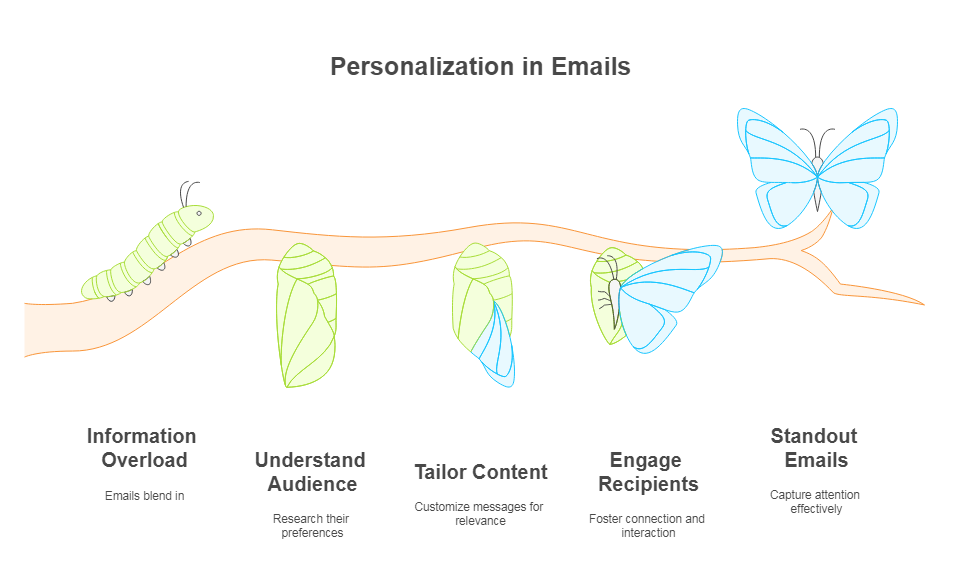
It demonstrates that you understand your audience and care about their unique needs, making them more likely to engage with your content.
Methods for Personalizing Emails
Use the Recipient’s Name
Including a recipient’s name in the subject line or greeting adds a personal touch and catches their attention.
Segment Your Audience
Segmentation involves dividing your email list into smaller groups based on location, behavior, or demographics.
This allows you to send tailored messages that resonate with specific audience segments.
Timing Your Emails Strategically
Best Days to Send Emails
Studies show that emails sent on Tuesdays, Wednesdays, and Thursdays often perform best.
Avoid Mondays, as people are busy catching up on work, and weekends when they’re less likely to check emails.

Ideal Time of Day for Maximum Opens
Late morning (around 10 a.m.) or early afternoon (1-3 p.m.) tends to be the sweet spot for email opens.
However, testing at different times is essential to determine what works best for your audience.
Designing Mobile-Friendly Emails
Why Mobile Optimization Matters
More than half of all emails are opened on mobile devices.
If your emails aren’t optimized for mobile, you’re missing out on a significant portion of your audience.
Key Tips for Mobile-Friendly Emails
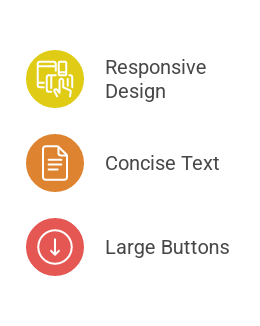
- Use a responsive design that adapts to different screen sizes.
- Keep text concise and use bullet points to improve readability.
- Make buttons and links large enough to be tapped easily.
Building Trust With Your Subscribers
Using a Recognizable Sender Name
Emails from a familiar sender are more likely to be opened.
Use a consistent sender name and email address your audience recognizes and trusts.
Avoiding Spammy Practices
Overusing all caps, excessive punctuation, or misleading subject lines can trigger spam filters and damage your reputation.
Providing Value in Every Email
Every email should offer something valuable to your subscribers,
Whether helpful information, exclusive deals, or entertaining content.
If your emails consistently provide value, your audience will look forward to receiving them.
A/B Testing for Continuous Improvement
What Is A/B Testing?
A/B testing, or split testing, involves sending two versions of an email to small segments of your audience to see which performs better.
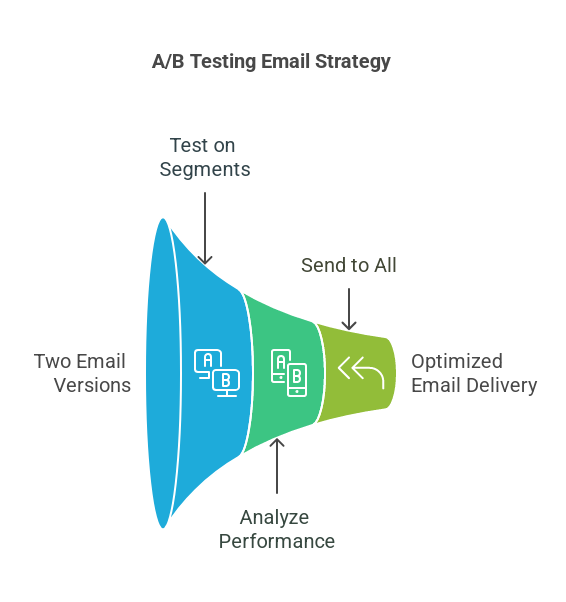
The winning version is then sent to the rest of your list.
Elements to Test in Your Emails
Subject Lines
Test different styles, lengths, or tones to find what resonates with your audience.
Send Times
Experiment with different days and times to discover the optimal schedule for your audience.
Email Design
Try variations in layout, colors, images, and call-to-action (CTA) placement to see what drives engagement.
Analyzing Your Results
Metrics to Monitor
Track key metrics like open rates, click-through rates, bounce rates, and unsubscribe rates to evaluate your campaign’s performance.
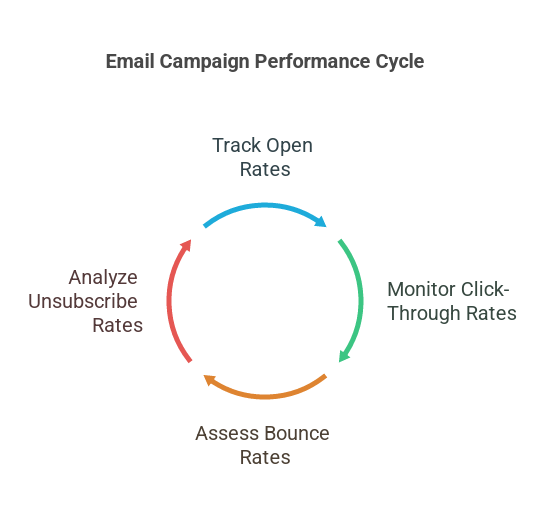
Using Feedback for Future Optimization
Use insights from your analytics to identify trends and refine your strategy.
Regularly updating your approach ensures long-term success.
Conclusion
Optimizing your emails for better open rates is an ongoing process that involves understanding your audience,
Craft compelling content and continually test and refine your strategy.
Implementing the tips outlined in this guide can boost your open rates and improve your email marketing efforts.
Remember,
It’s all about delivering value and building trust with your subscribers.
FAQs
What is a reasonable open rate for emails?
A reasonable open rate typically ranges between 15% and 25%, depending on your industry and audience.
How often should I send emails to my subscribers?
Aim for consistency without overwhelming your audience. Sending 1-2 emails per week works well for most businesses.
How can I avoid my emails landing in spam?
Use a reputable email service provider, maintain a clean email list, and avoid spammy language or practices.
Does personalization improve open rates?
Yes! Personalized emails can increase open rates by as much as 26%.
What tools can help me optimize my email campaigns?
Tools like Mailchimp, ActiveCampaign, and HubSpot offer advanced features like segmentation,
A/B testing and analytics to optimize your campaigns.
